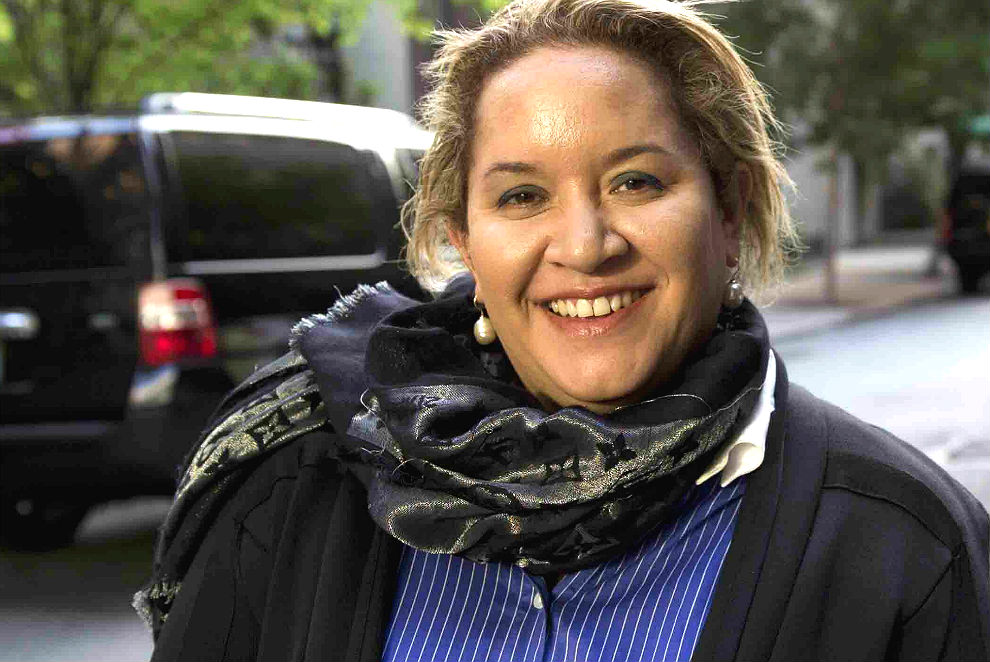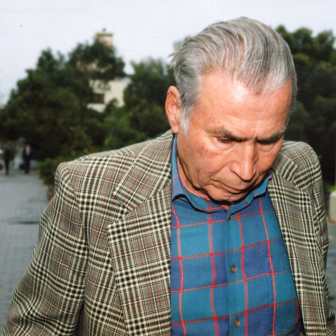This weekend, on the fiftieth anniversary of the 1967 referendum, Aboriginal and Torres Strait Islanders sent a Statement from the Heart to the rest of Australia. They described the ancient spiritual sovereignty that ties them to the land, and called for substantive constitutional change to reverse their powerlessness. Only in this way, they wrote, can their “ancient sovereignty… shine through as a fuller expression of Australia’s nationhood.” The statement looked towards a future in which “we have power over our destiny [and] our children will flourish. They will walk in two worlds and their culture will be a gift to their country.”
The statement was released by delegates to the First Nations Constitutional Convention at Uluru, itself the culmination of First Nations Regional Dialogues held across the country in recent months by the Referendum Council. The dialogues and the convention represent the most comprehensive consultation with Aboriginal and Torres Strait Islander people about what they want from constitutional recognition. The reforms they have called for diverge from the recommendations of the 2012 Expert Panel on Constitutional Recognition and the Joint Select Committee on Constitutional Recognition.
The fact that the convention firmly rejected minimal or symbolic reform – a constitutional statement of acknowledgement coupled with other minor changes – should be no surprise: such an option would be out of step with how other countries have recognised their First Nations peoples.
The three key dimensions of the statement’s proposed reforms were described by the Referendum Council’s Megan Davis as “power, treaty and truth”: the power that would enshrine a “First Nations Voice” in the Australian Constitution; the treaty that would result from a process overseen by the proposed Makarrata Commission; and the truth that would emerge as the Makarrata Commission oversaw a process of uncovering the colonial past.
None of the proposals in the Uluru Statement is new or radical. Indeed, all are supported by international instruments and reflect international practice.
The call for a constitutionally enshrined First Nations Voice to give greater power to Aboriginal and Torres Strait Islander people reflects their right to self-determination. This right is expressed in article 3 of the United Nations Declaration on the Rights of Indigenous Peoples, with article 19 elaborating:
States shall consult and cooperate in good faith with the indigenous peoples concerned through their own representative institutions in order to obtain their free, prior and informed consent before adopting and implementing legislative or administrative measures that may affect them.
Structural political power has been given to First Nations peoples across the world: in New Zealand, through the designation of seats in parliament for Māori; in Norway, Sweden and Finland through the creation of Sámi parliaments that must be consulted on policies and decisions affecting Sámi people.
In Australia, Aboriginal and Torres Strait Islander people have had no national representative body since the abolition of the Aboriginal and Torres Strait Islander Commission in 2005. Given ATSIC’s fate, it is not surprising that the Uluru Statement calls for the new body to be enshrined in the Constitution, which would protect it from statutory abolition.
What might an Australian First Nations Voice look like? It has previously been proposed that the Constitution could be amended to create a representative body that must be consulted by parliament about legislation that affects Aboriginal and Torres Strait Islander people. In this way, they would be given a guaranteed voice in the parliamentary process.
In Australia, our national parliament has a record of passing laws that discriminate against Aboriginal and Torres Strait Islander people. While the Expert Panel and the Joint Select Committee suggested that future discrimination could be prevented by a constitutional protection against racial discrimination, Aboriginal and Torres Strait Islander people have now said that they want this history dealt with by their own political empowerment. The details of the First Nations Voice – its make-up, funding, size, functions and powers – must now be worked out in the coming negotiation with the government.
A treaty has been a longstanding aspiration for Aboriginal and Torres Strait Islander people. The Uluru Statement calls for Makarrata, a Yolngu word meaning “the coming together after a struggle.” It would represent recognition of the ancient sovereign position of Australia’s First Nations and reorientate the future relationship with the rest of Australia.
While there are moves in a number of states and the Northern Territory to start negotiating treaties, the Uluru Statement calls for a national settlement. A national treaty could set a framework and minimum standards under which regional and local treaties can be negotiated. Of course, the relationship between a national process and the current state and territory processes will also have to be part of the coming negotiations.
The Uluru Statement acknowledges that the journey towards a national treaty will be a long one, separate from the proposed constitutional change. It calls for the establishment of an independent commission to oversee the process. Australia would not be the first country to embark on a process of modern-day treaty-making. In British Columbia, Canada, a Treaty Commission was established in 1992 to oversee treaty negotiations between the province’s First Nations and the federal and provincial governments. The commission itself doesn’t negotiate the treaties; it is an independent facilitator.
Giving the Makarrata Commission the task of overseeing a truth-telling process also reflects the terms of many international instruments. Truth-telling opens the way for justice, healing, the restoration of dignity and, on those bases, reconciliation. In 2013, the UN General Assembly passed the Resolution on the Right to the Truth, article 4 of which specifically encourages governments to “consider establishing specific judicial mechanisms and, where appropriate, truth and reconciliation commissions to complement the justice system to investigate and address gross violations of human rights and serious violations of international humanitarian law.”
Other countries have led the way in establishing truth-telling mechanisms to deal with the violence and injustices of a colonial past. The South African Truth and Reconciliation Commission, which operated from 1995 to 2002, is perhaps the best-known example. The Truth and Reconciliation Commission of Canada was established in 2009 to investigate the abuse and assimilation that occurred in Indian residential schools across Canada over more than one hundred years. In New Zealand, the Waitangi Tribunal operates as a permanent commission of inquiry to investigate claims brought by Māori relating to Crown actions that breach the promises made in the Treaty of Waitangi.
The Statement from the Heart finishes with a call for all Australians “to walk with us in a movement of the Australian people for a better future.” The reforms it proposes should be embraced by Australians. Meaningful structural change is desperately needed to give Aboriginal and Torres Strait Islander people power over their own lives. It is only through change of this type that Australia will come to terms with the truth of its colonial past, and look into the future with hope and pride. •




